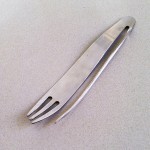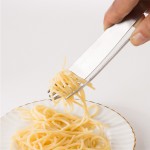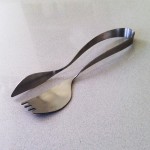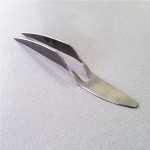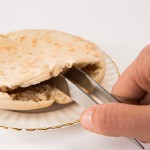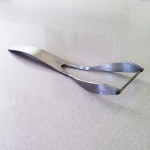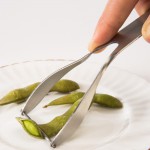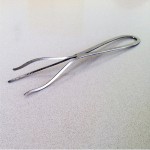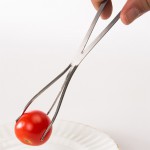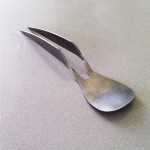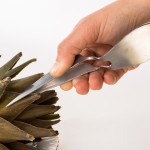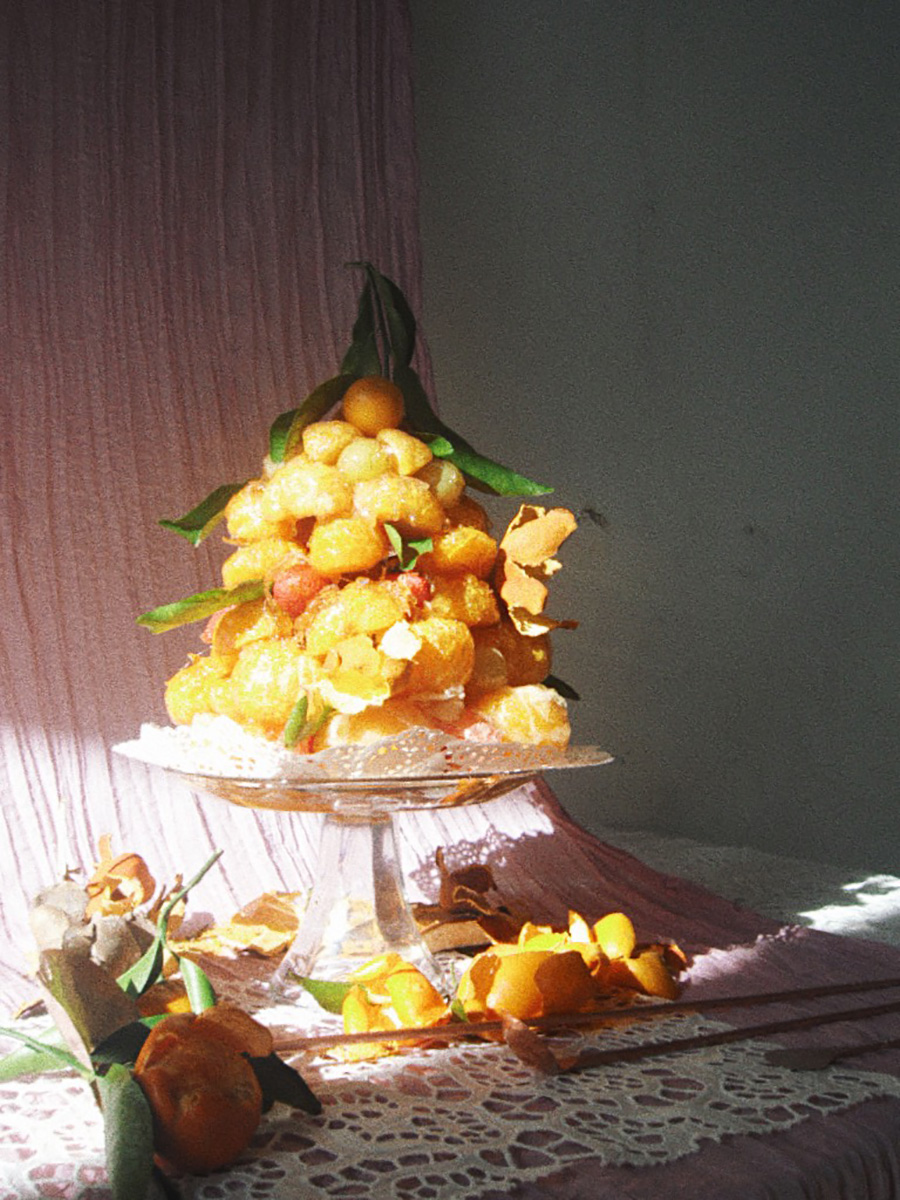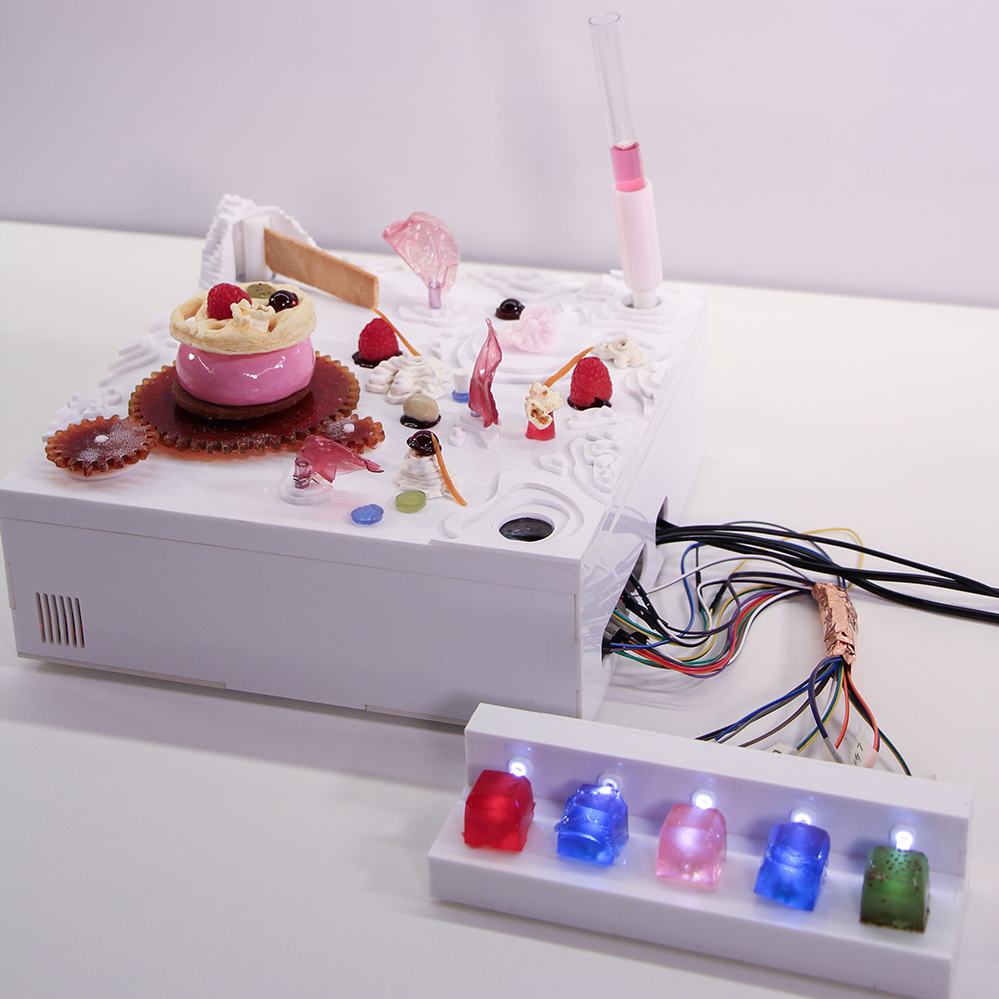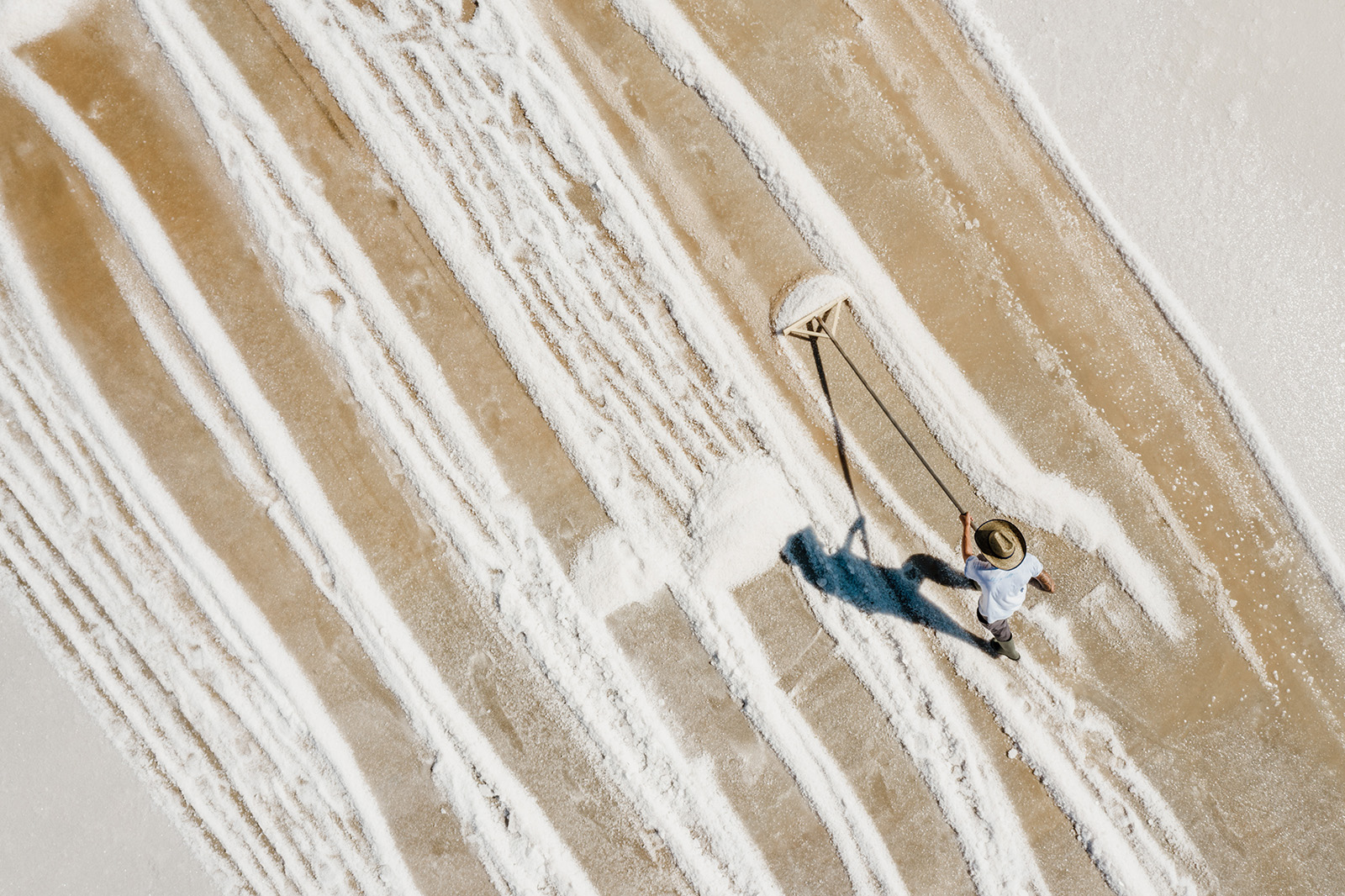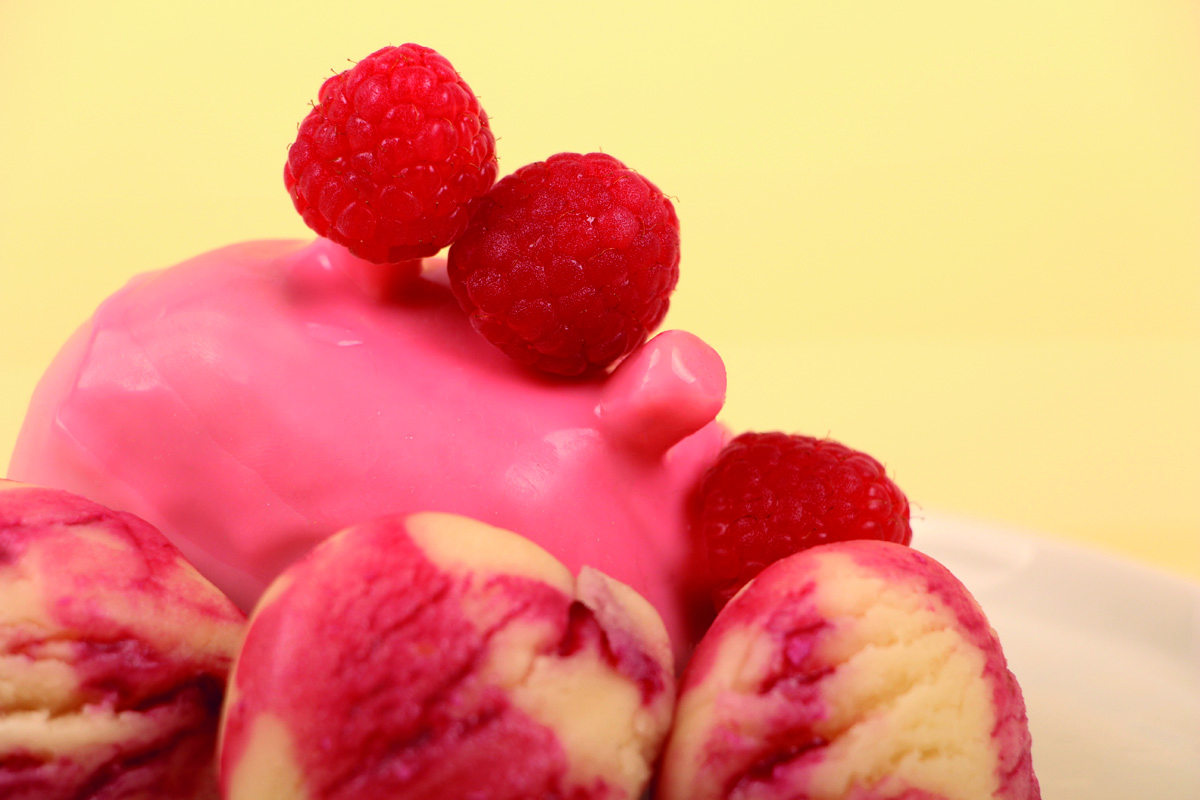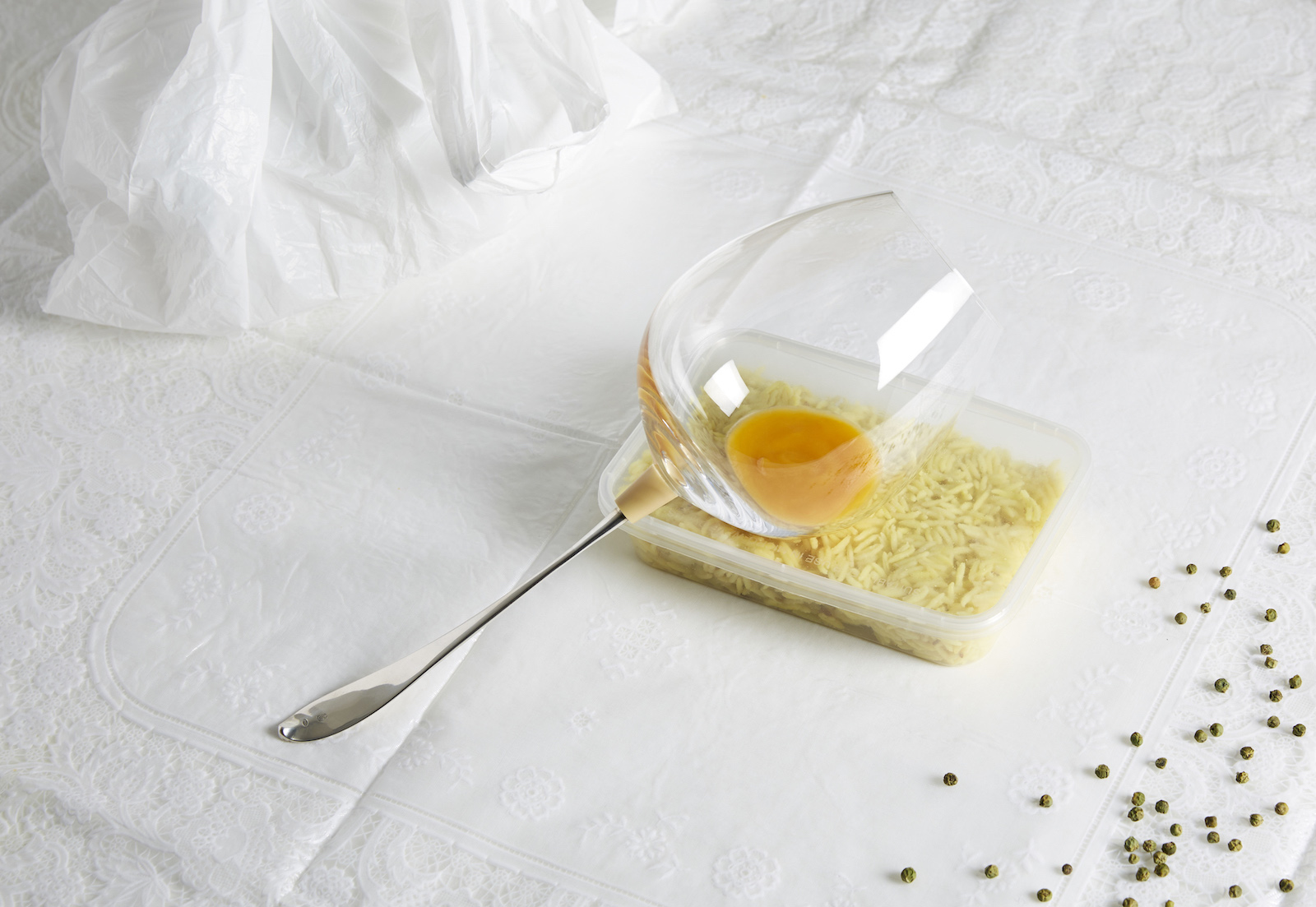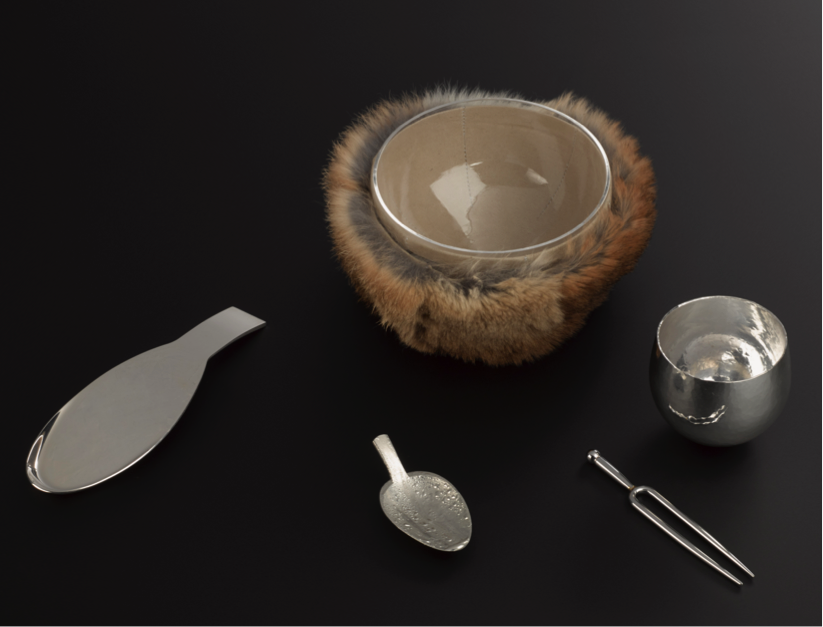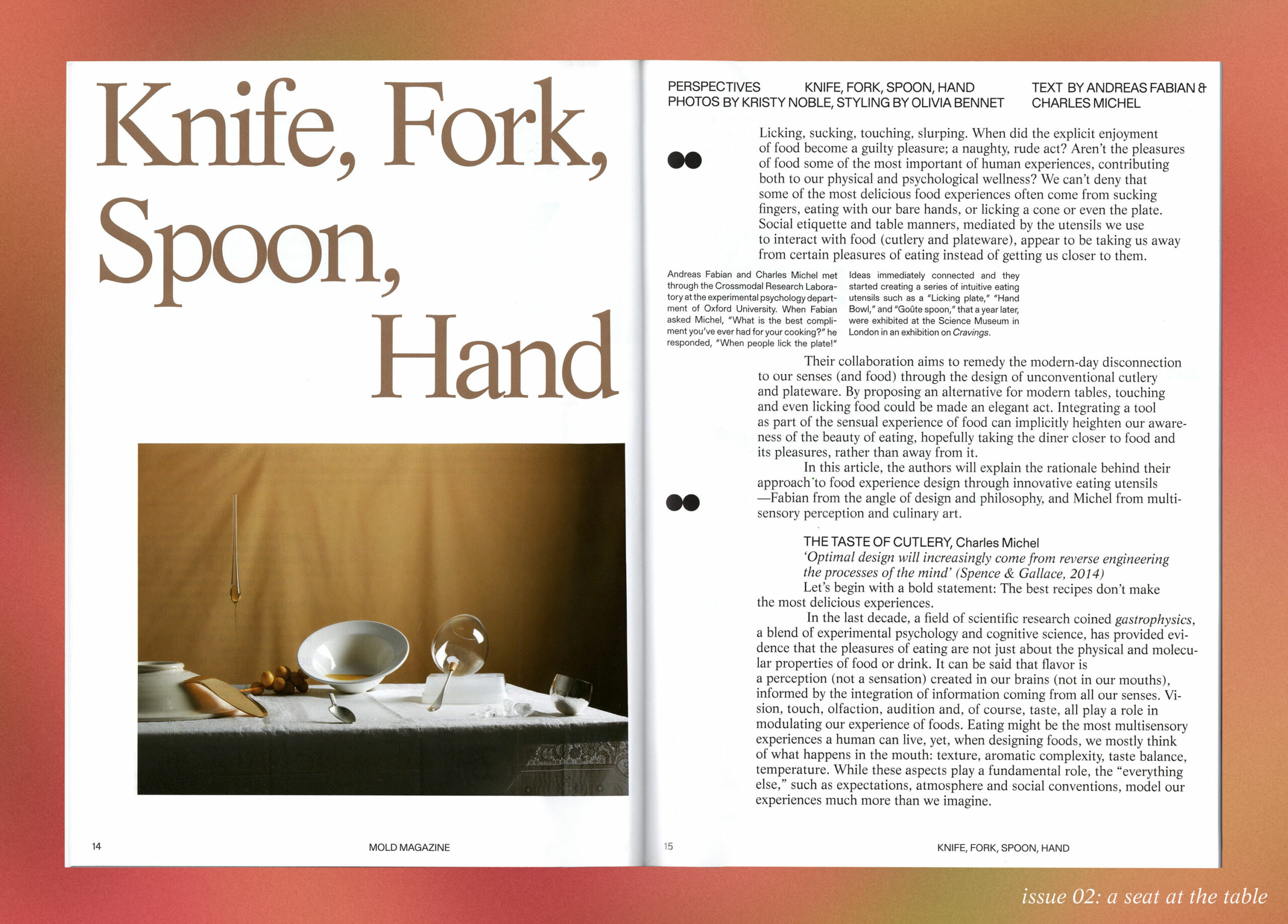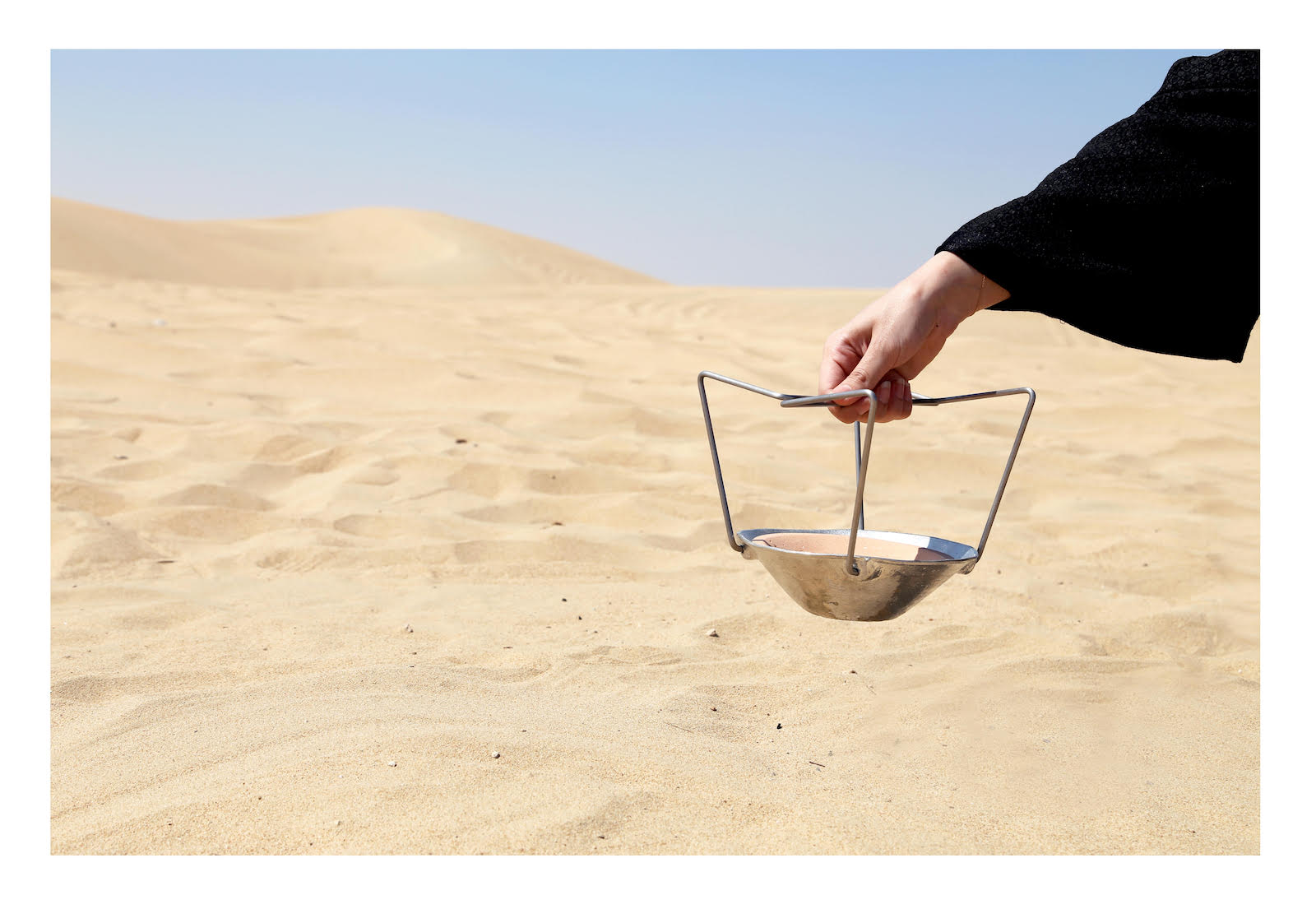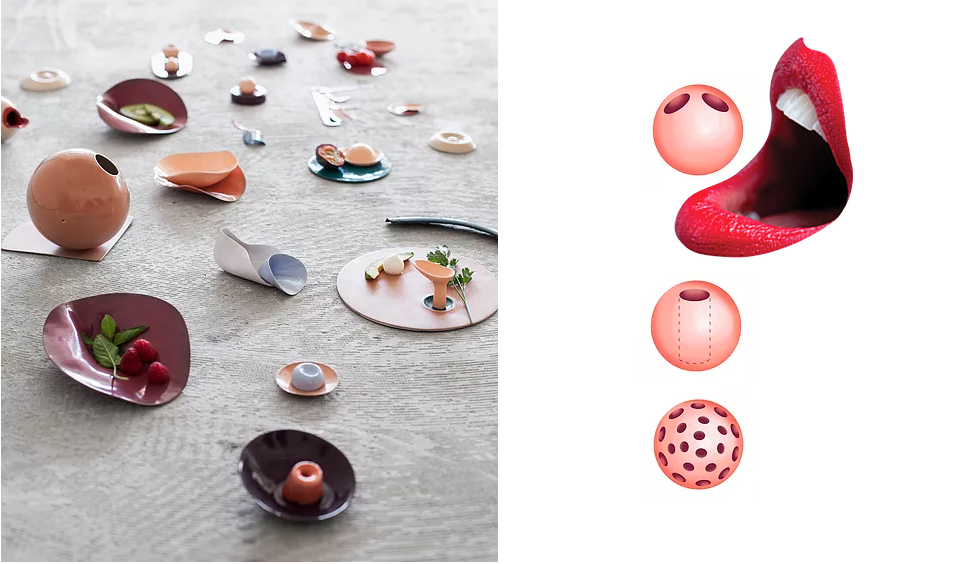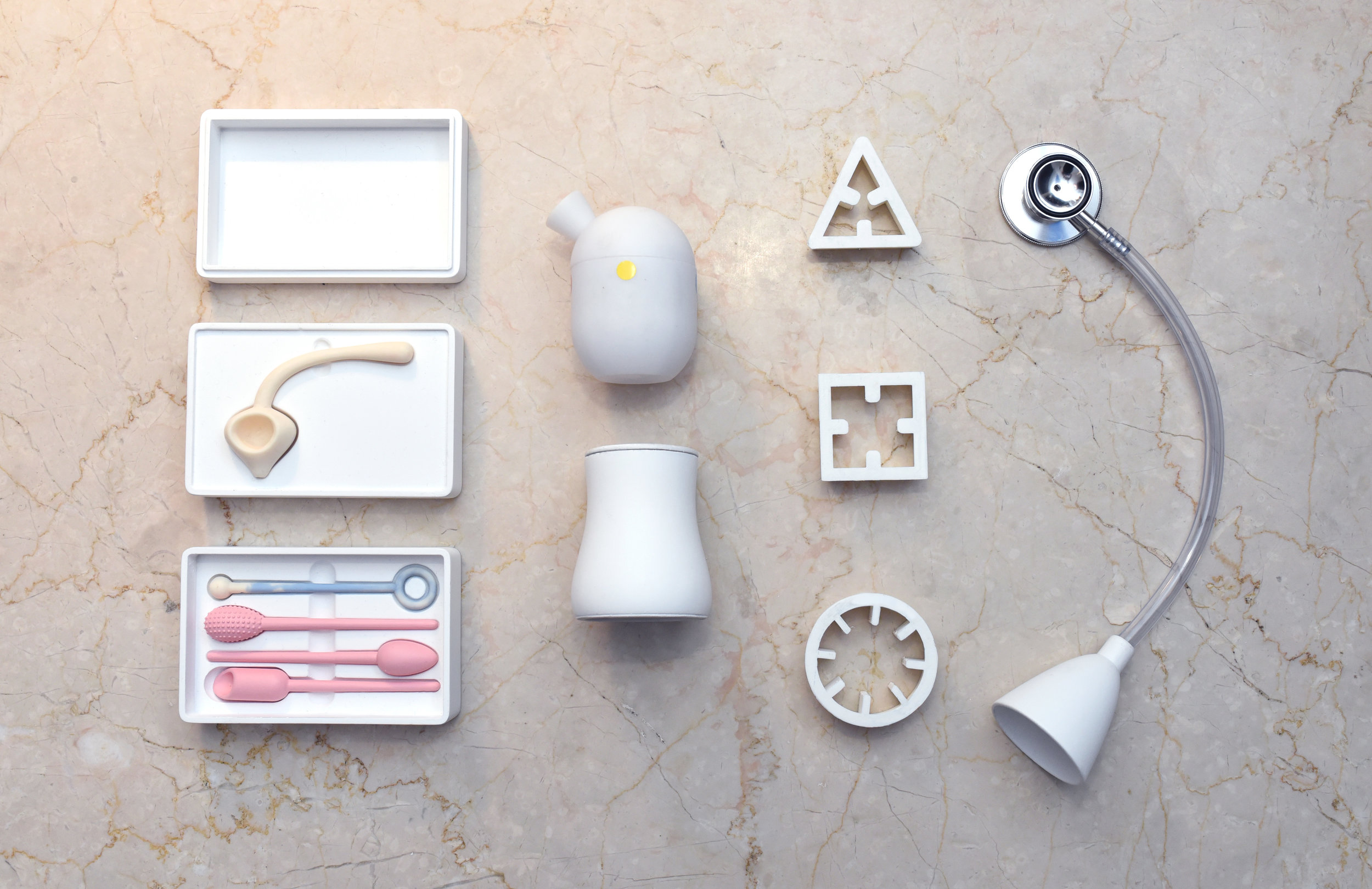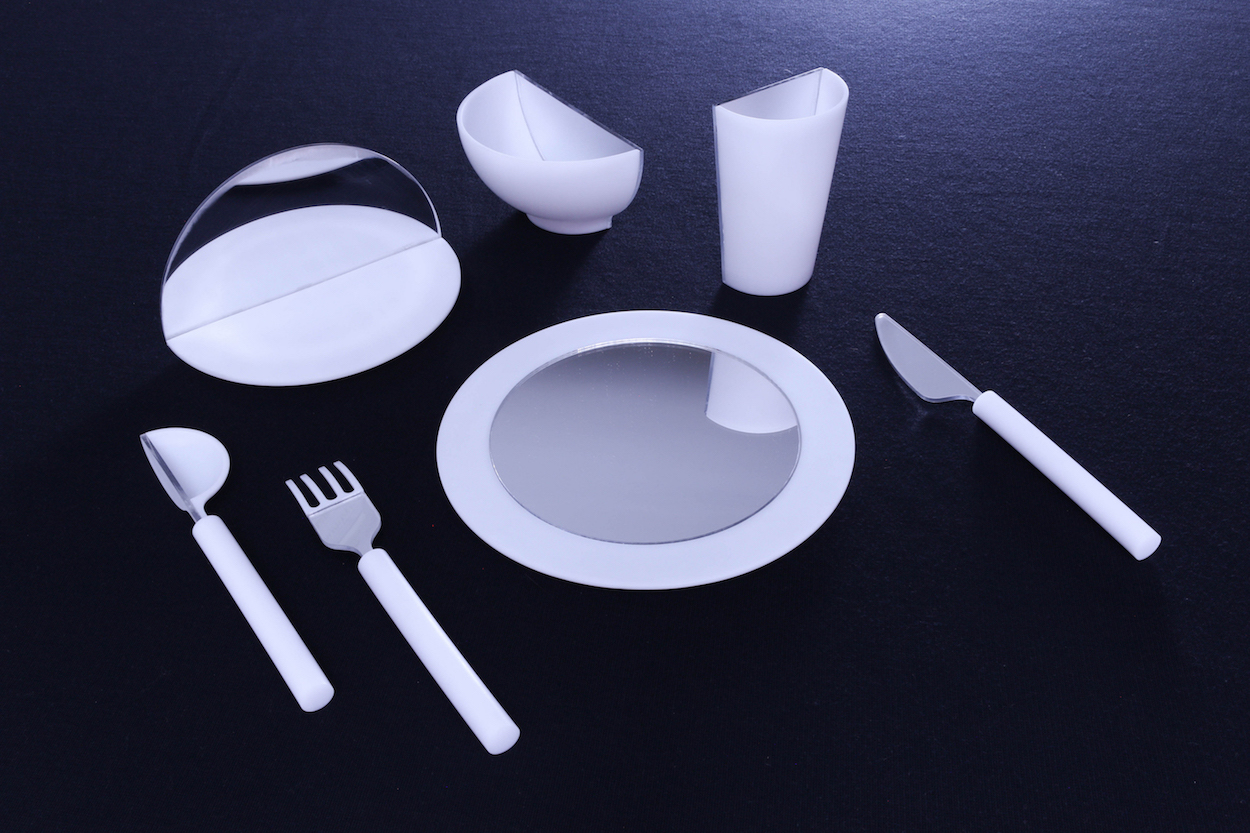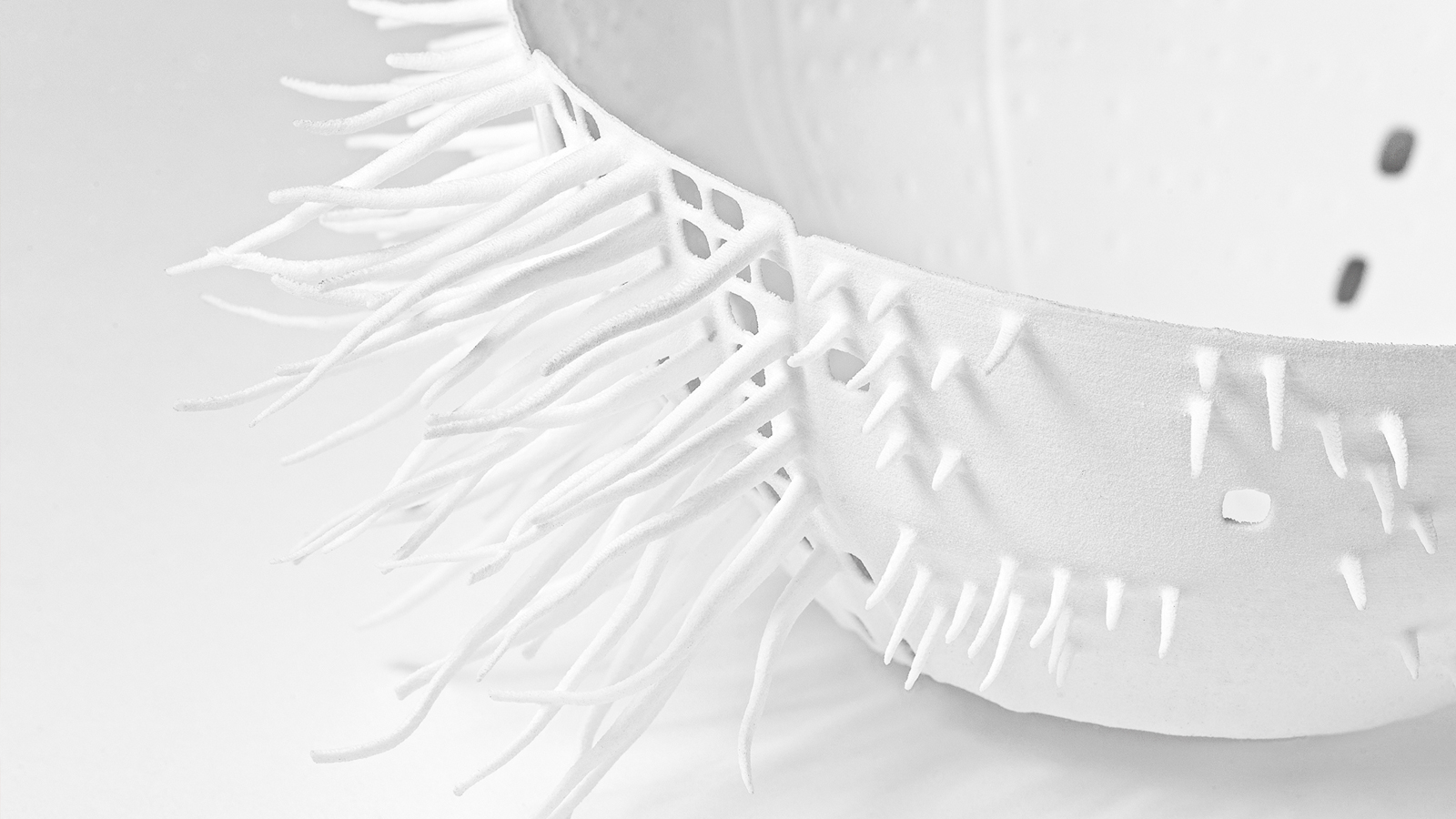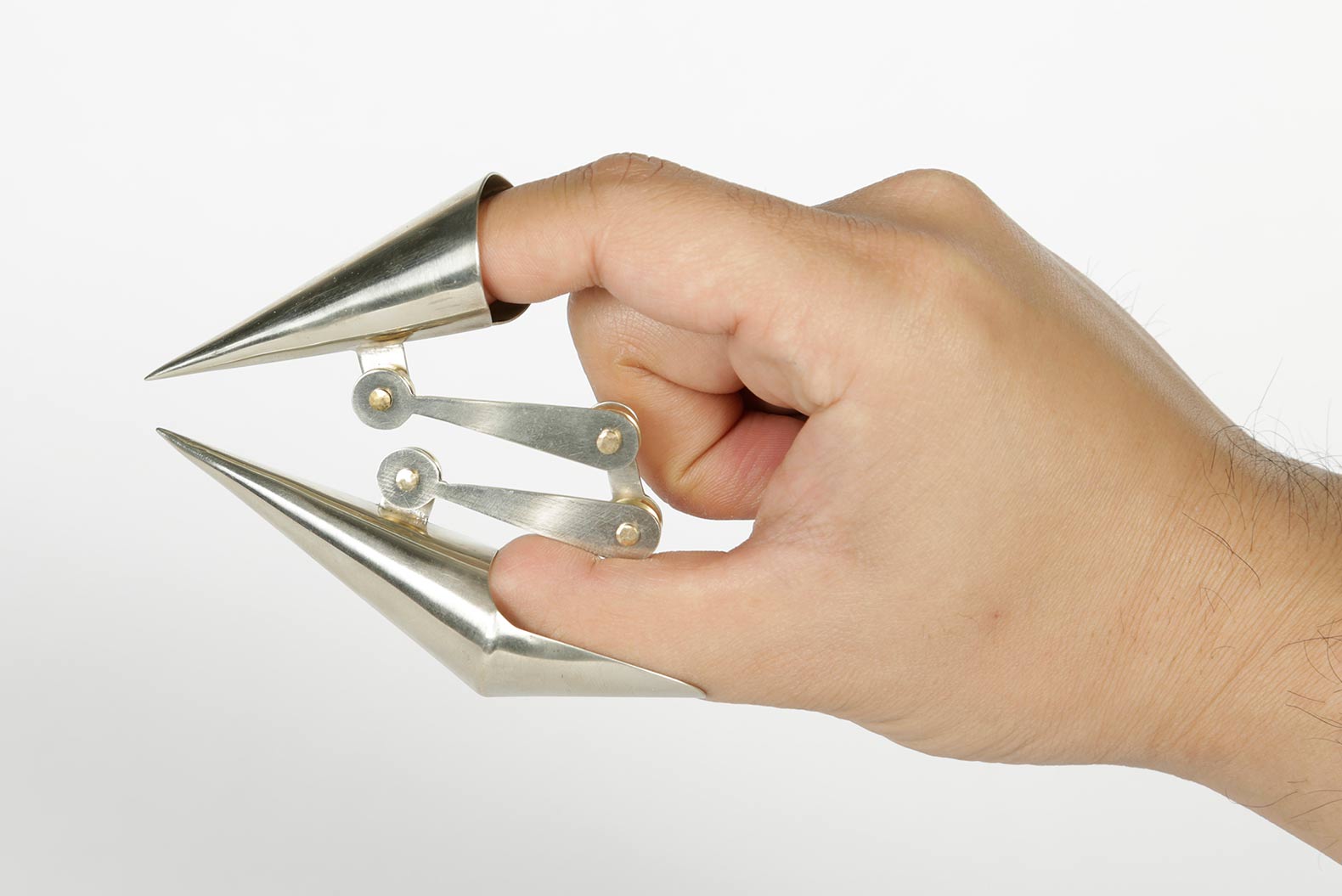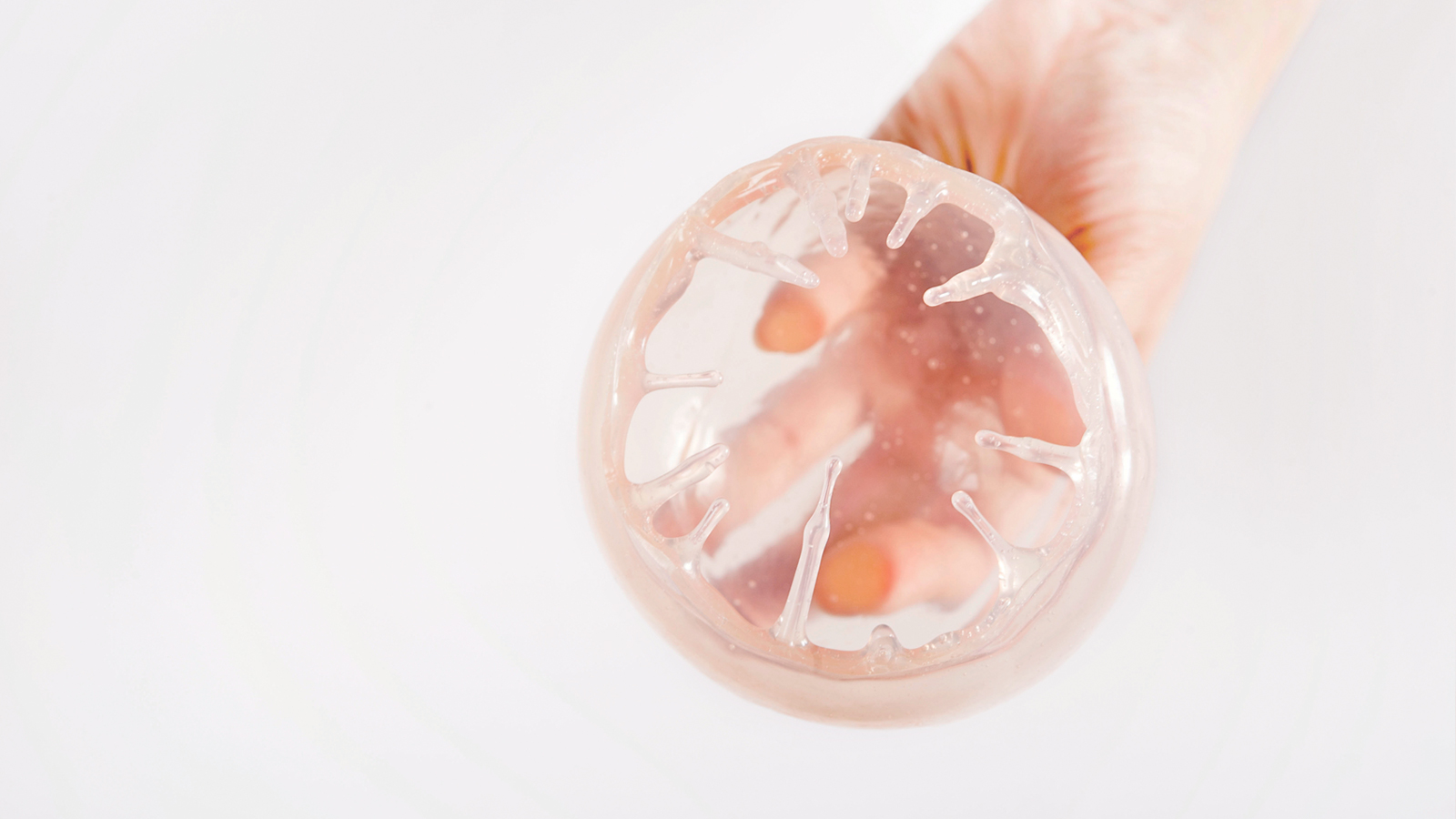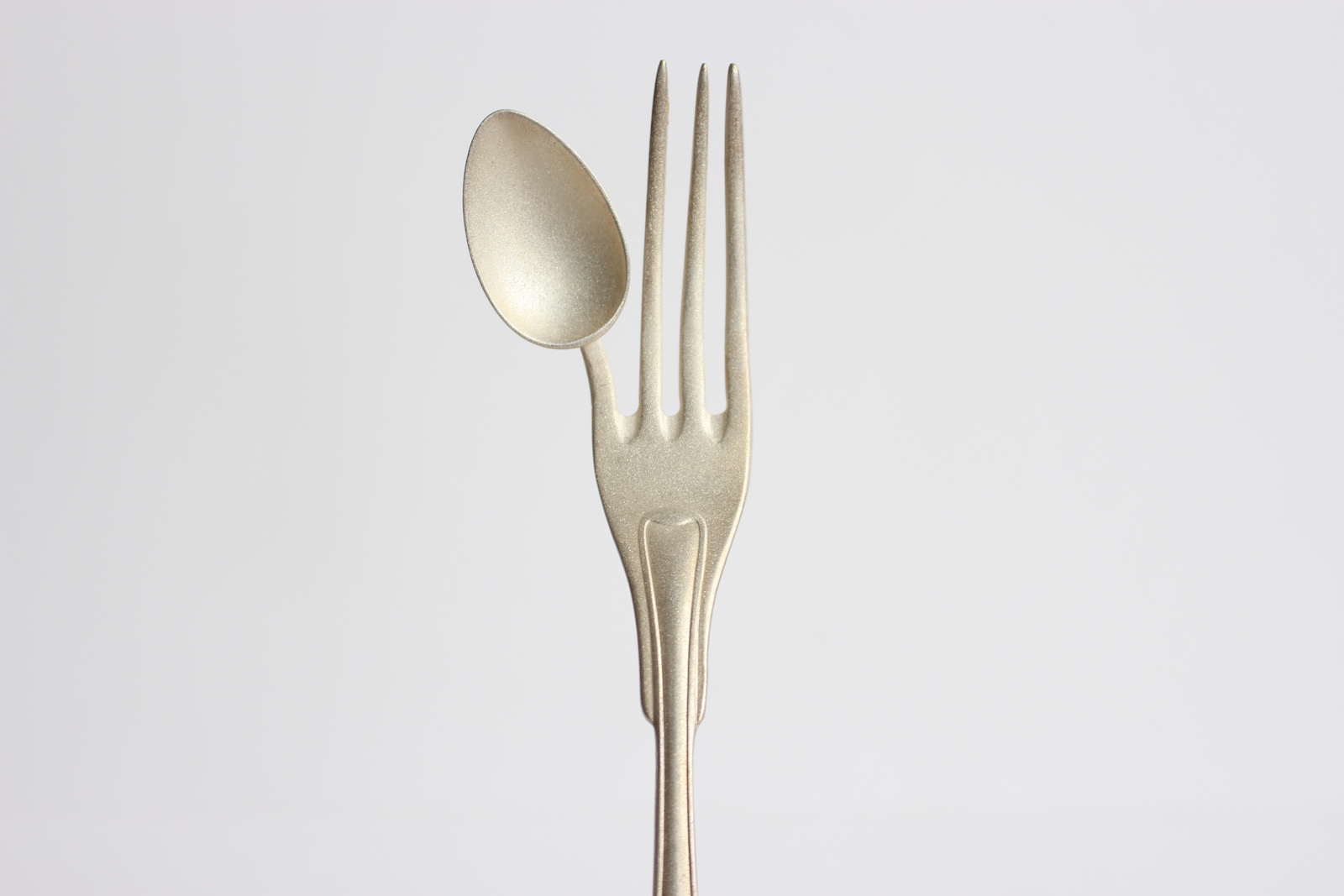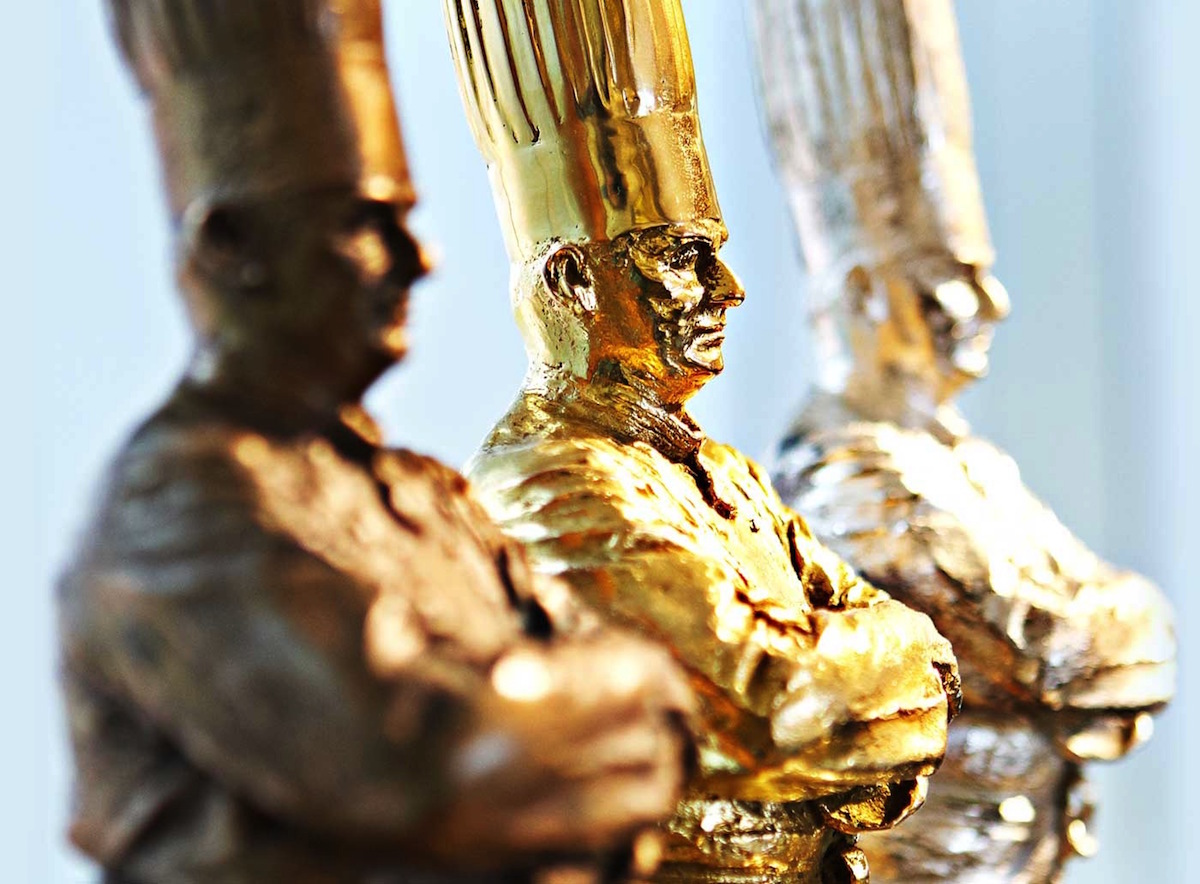Before you pick up that knife and fork, consider whether it is really necessary. Perhaps your meal would be more enjoyable if you ate it with your hands? These were some of the considerations Israeli designer Lee Ben David grappled with in her recent project, a “Very Specific” cutlery set of unnecessary utensils. By designing a set of laser-cut products for foods that we could eat with our hands, Ben David challenges our conventional notions of what is necessary, and even pleasurable, to consume food. In this exclusive conversation for MOLD, Ben David shares her thoughts about monkeys, Western hygiene and how a barefoot dancer inspired this project.
MOLD: What was the inspiration behind this “unnecessary cutlery” set?
Lee Ben David: Cutlery has been in existence for centuries. Our ancestors created tools to make the food they’d collected edible, such as skewers used for cooking meat on the fire. Even our older ancestors—primates—use sticks to acquire food.
One may think that cutlery plays an essential part in our consumption of food. However, today the cutlery and cooking tools market is saturated with too many options. Considering the hygiene standards of the Western world, we could cook and eat most food with our hands. Additionally, most existing cutlery simply creates an unjustified and unnecessary duality, further increasing our detachment from nature.
I’ve chosen to explore cutlery over other forms because it deals with one of our most basic instincts—the consumption of food—and it only seems natural to “reach out” and take it. We’ve seem to have forgotten how much fun it was to eat cake with our bare hands as kids.
While researching various kinds of existing cutlery in order to design my own set, I realized the absurd numbers and variations of available cutlery: whether it’s a knife designated only for fish, or a fork originated only for salads. Therefore, I’ve decided to demonstrate the extreme situation we’ve gotten into, using my “Very Specific” cutlery set.
Like anything else in this world, I believe it all comes down to a question of balance. We obviously require protection from nature’s threats, such as sunscreen to decrease UV radiation and shoes to protect our feet from boiling cement. However, the world offers us a unique set of feelings which can only be exposed by direct contact with nature itself. Additionally, if we would disconnect entirely from the “world,” we would become more vulnerable to nature’s risks: a kid who has never played in the sand would probably be less immune to different diseases.
Part of my inspiration came from the famous 19th-century dancer, Isadora Duncan, who decided to put aside her dancing shoes, in order to feel the world through her feet while dancing.
What were your design considerations? What was the process like?
I researched the hand gestures we perform using cutlery, categorizing the different “dimensions” that we use with each piece. Then, I decided to create transitions from one dimension to another, bending and twisting the metal. This created a new user experience, directing the user to the required action. Furthermore, the shape of the metal allowed the springiness required for some of the pieces.
Will you expand the concept beyond cutlery?
The field of cooking and kitchen gadgets offers us a variety of tools which, as it seems, has no limit. I am definitely not eliminating the option that I will come across another category of kitchen (or other) tools in which I will find room to demonstrate my message, while trying to create both useful and unnecessary components.

